Neurodegenerative disorders such as Alzheimer’s disease (AD) and stroke severely impair cognitive functions, while current treatments remain limited. Although non-invasive 40 Hz light stimulation has shown potential in ameliorating cognitive impairments, its long-term effects and underlying mechanisms remain poorly understood.
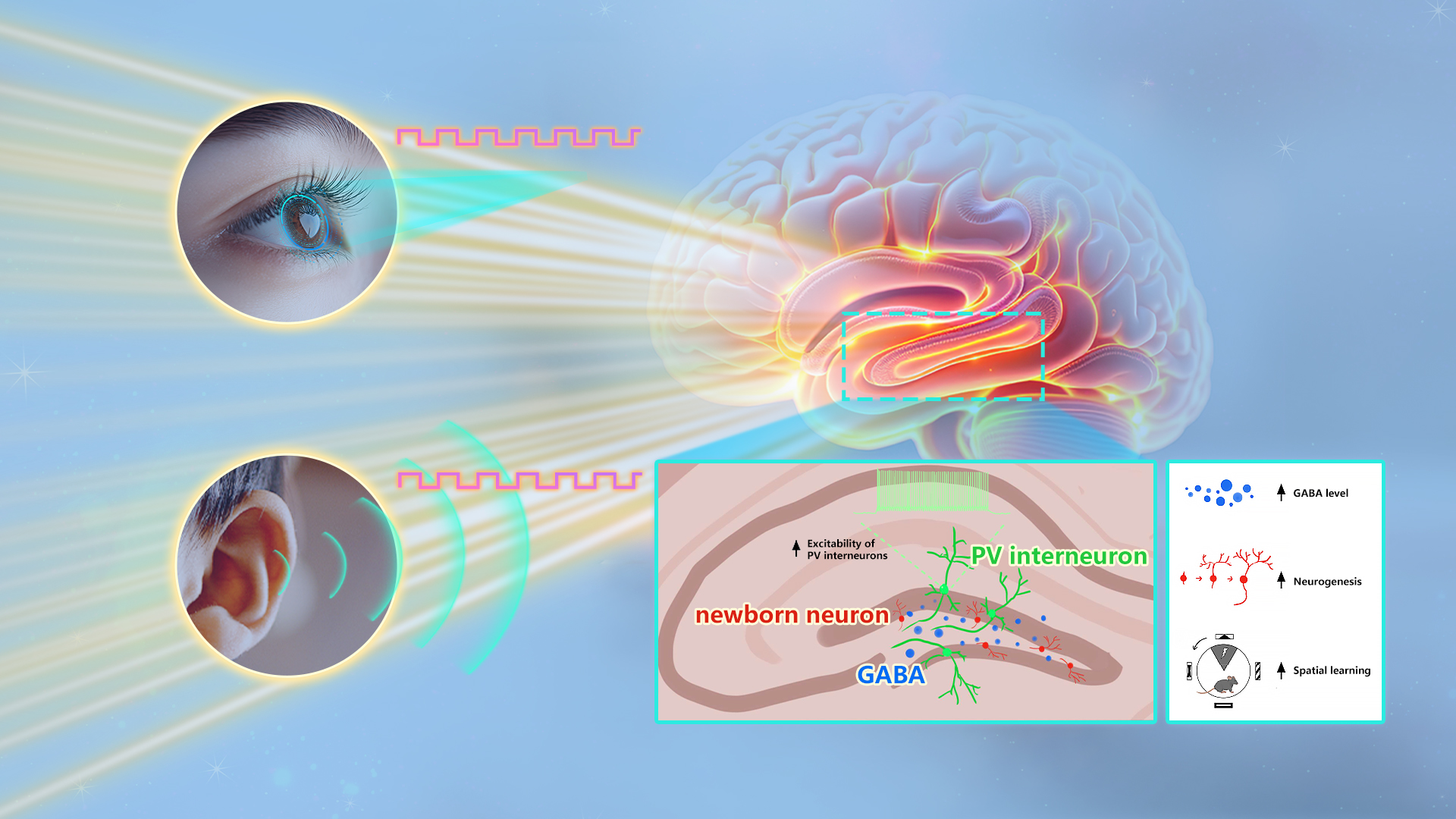
A research team led by Professor Sheng-Tao Hou from the School of Life Sciences at the Southern University of Science and Technology (SUSTech) has made a groundbreaking discovery in neuroscience. Their study reveals that 40 Hz rhythmic light flicker promotes neurogenesis and improves spatial learning by activating parvalbumin (PV)-expressing interneurons in the dentate gyrus (DG) of the hippocampus.
Their findings were published in the prestigious journal Advanced Science under the title “Parvalbumin Interneuron-dependent Hippocampal Neurogenesis Evoked by Prolonged Rhythmic Light Flicker.”
Through a series of systematic animal experiments, Professor Hou’s team has for the first time elucidated the complete pathway by which 40 Hz light flicker enhances hippocampal neurogenesis and spatial learning through modulation of PV interneuron activity, providing novel therapeutic insights for neurodegenerative diseases.
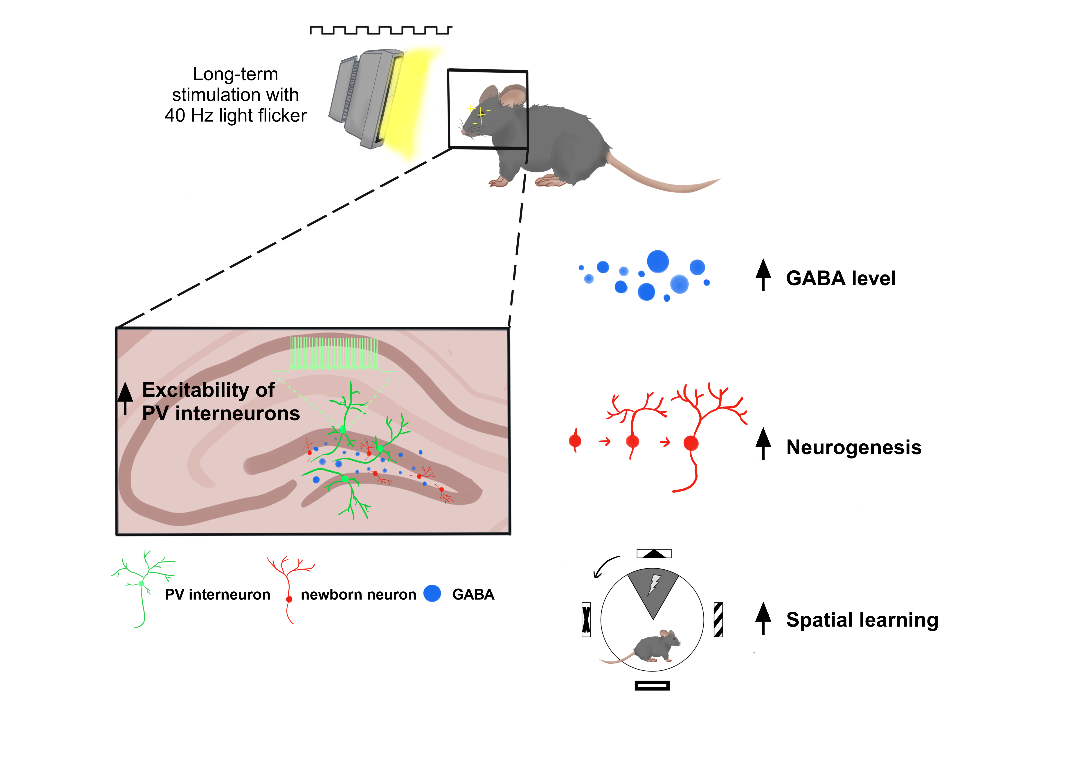
Figure 1. Experimental design and mechanistic schematic of long-term 40 Hz light flicker
The researchers administered 40 Hz light flicker (1 hour daily for 30 days) to six-month-old adult mice. Active place avoidance (APA) tests demonstrated approximately 30% improvement in spatial memory without inducing anxiety or motor dysfunction. Furthermore, the light flicker significantly increased the numbers of BrdU+ (proliferating cells), DCX+ (immature neurons), and BrdU+/DCX+ double-labeled cells in the hippocampal DG region. These results indicate that chronic 40 Hz light flicker can robustly enhance spatial learning and promote hippocampal neurogenesis.
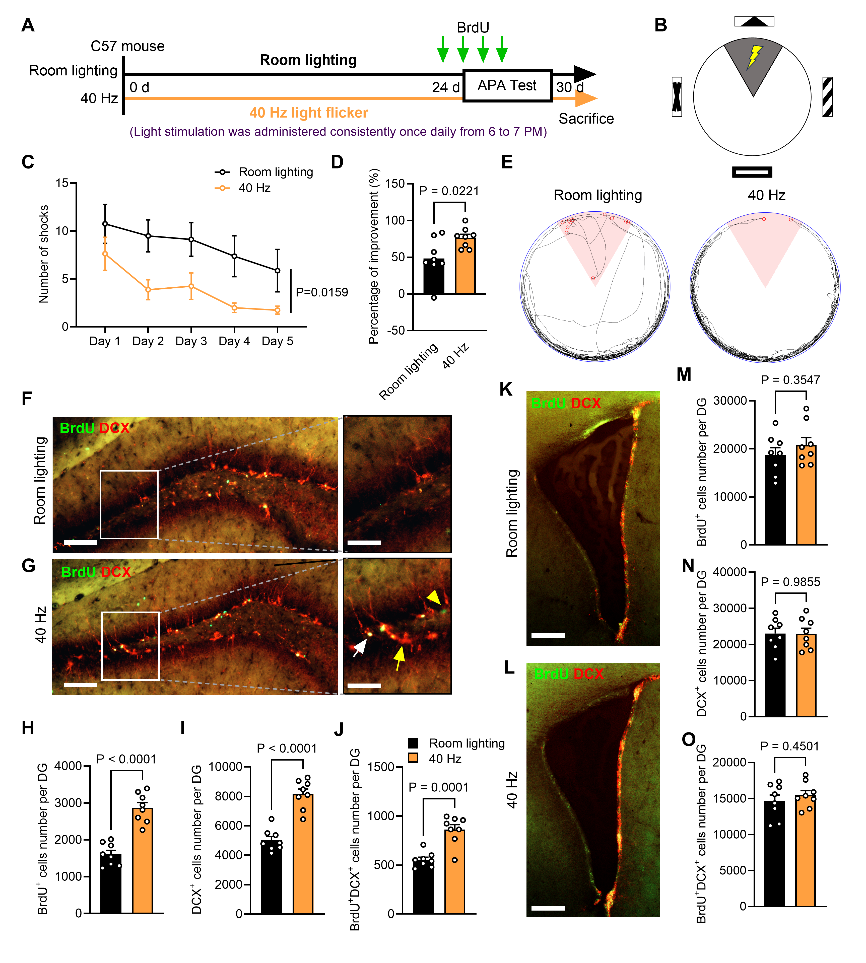
Figure 2. Long-term 40 Hz light flicker enhances spatial learning and hippocampal neurogenesis
Using fiber photometry and patch-clamp recordings, the team discovered that 40 Hz light flicker enhanced PV interneuron excitability, increasing their firing rates by 1.5-fold and spontaneous excitatory postsynaptic currents (sEPSCs) by 40%. Genetic ablation or chemogenetic inhibition of PV interneurons abolished both the 40 Hz entrainment in the DG and its pro-neurogenic effects, establishing the pivotal role of PV interneurons.
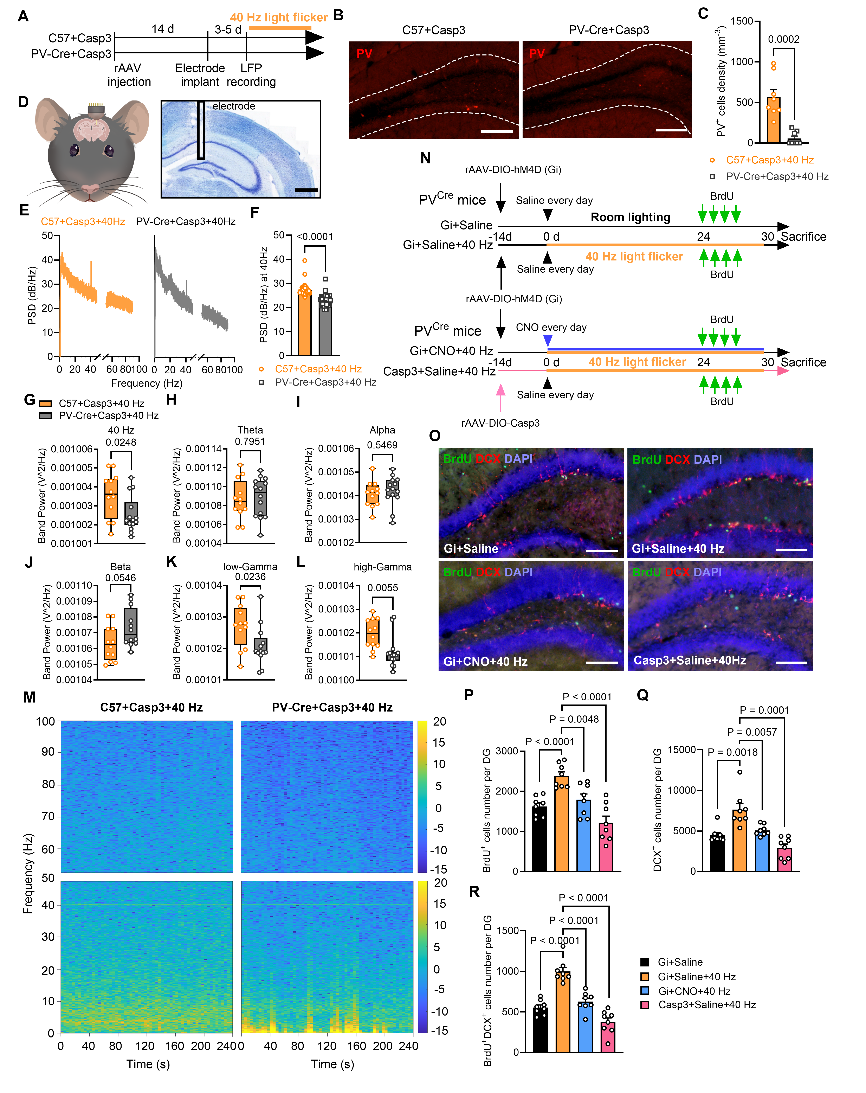
Figure 3. PV interneuron ablation/inhibition reduces 40 Hz entrainment and neurogenesis in DG
Microdialysis experiments further revealed a 35% transient increase in GABA levels within the DG during 40 Hz light flicker, accompanied by a 25% elevation in perisomatic synaptic inputs from PV interneurons to newborn neurons. These effects were reversed by GABAA receptor blockade, confirming a novel GABAergic signaling mechanism.
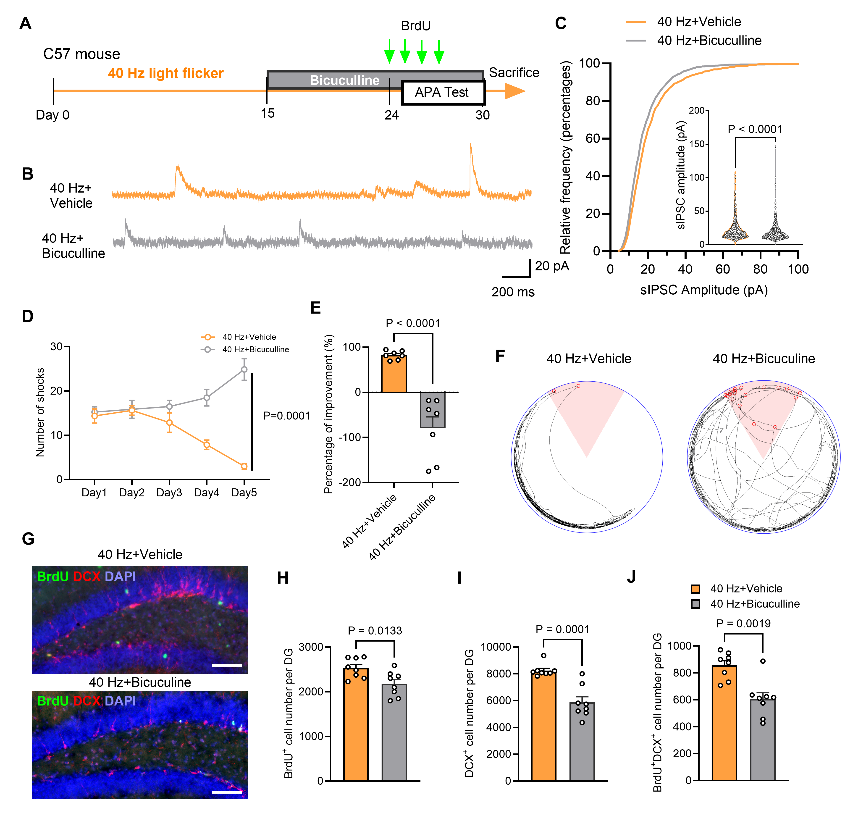
Figure 4. GABAA receptor inhibition abolishes 40 Hz light flicker-induced spatial learning enhancement
This study demonstrates that chronic 40 Hz light flicker activates PV interneurons in hippocampal DG, promoting neurogenesis through enhanced GABAergic support for synaptic integration of postmitotic neurons. The stimulation causes no stress or anxiety while significantly improving spatial learning, suggesting its potential as a clinical intervention for neurological disorders.
Ph.D. students Hai Yan and Yunxuan Wang, former undergraduate student Xufan Deng (currently a Ph.D. student at the University of Tübingen), and Research Assistant Shiyu Wu are the co-first authors of the paper. The corresponding authors include Professor Sheng-Tao Hou and Research Assistant Professor Jun Ju. Other collaborating institutions to this work include Huashan Hospital at Fudan University and the Queensland Brain Institute at the University of Queensland.
Paper link: https://pubmed.ncbi.nlm.nih.gov/40586216/
To read all stories about SUSTech science, subscribe to the monthly SUSTech Newsletter.
Proofread ByAdrian Cremin, Yuwen ZENG
Photo BySchool of Life Sciences